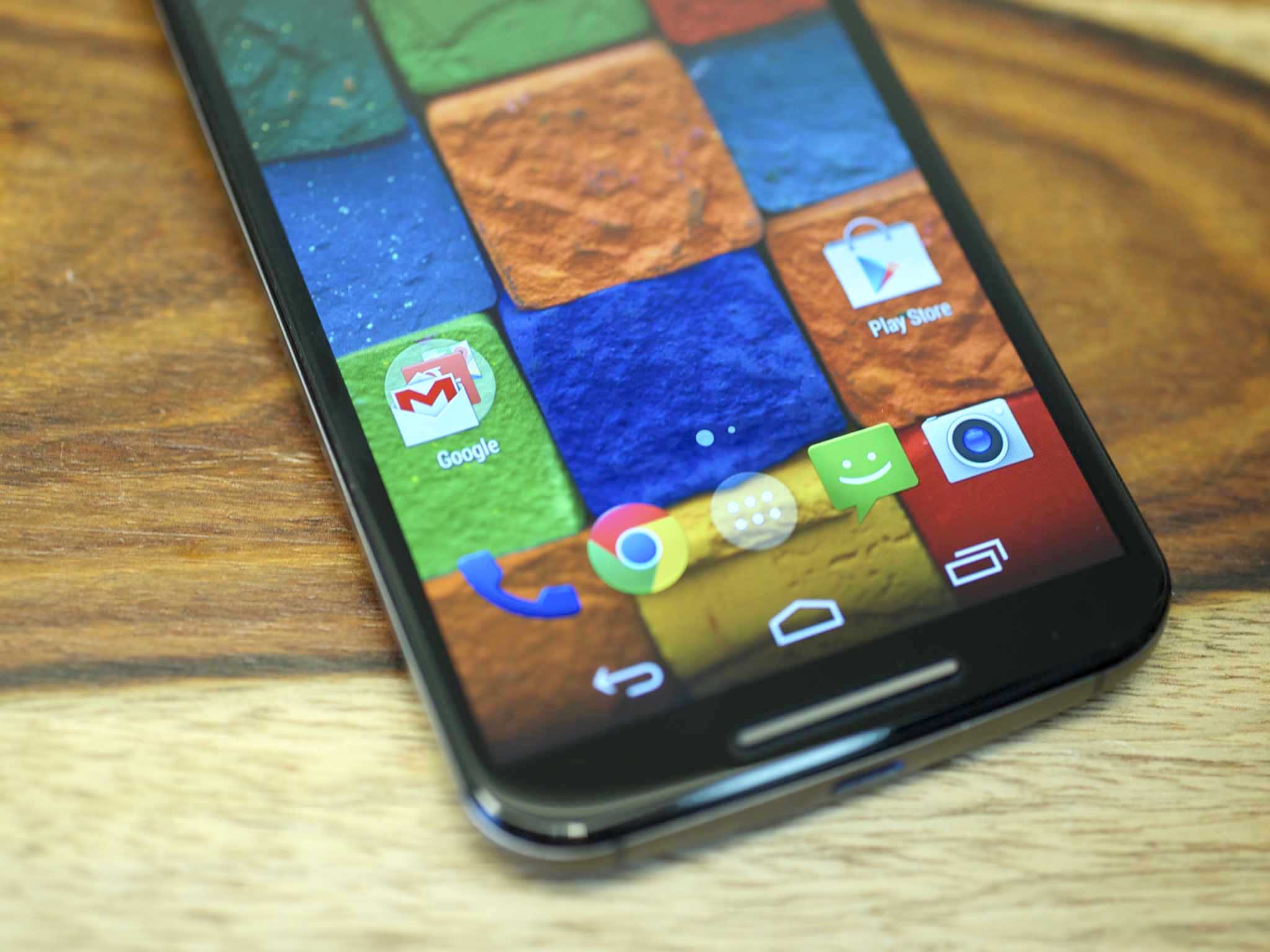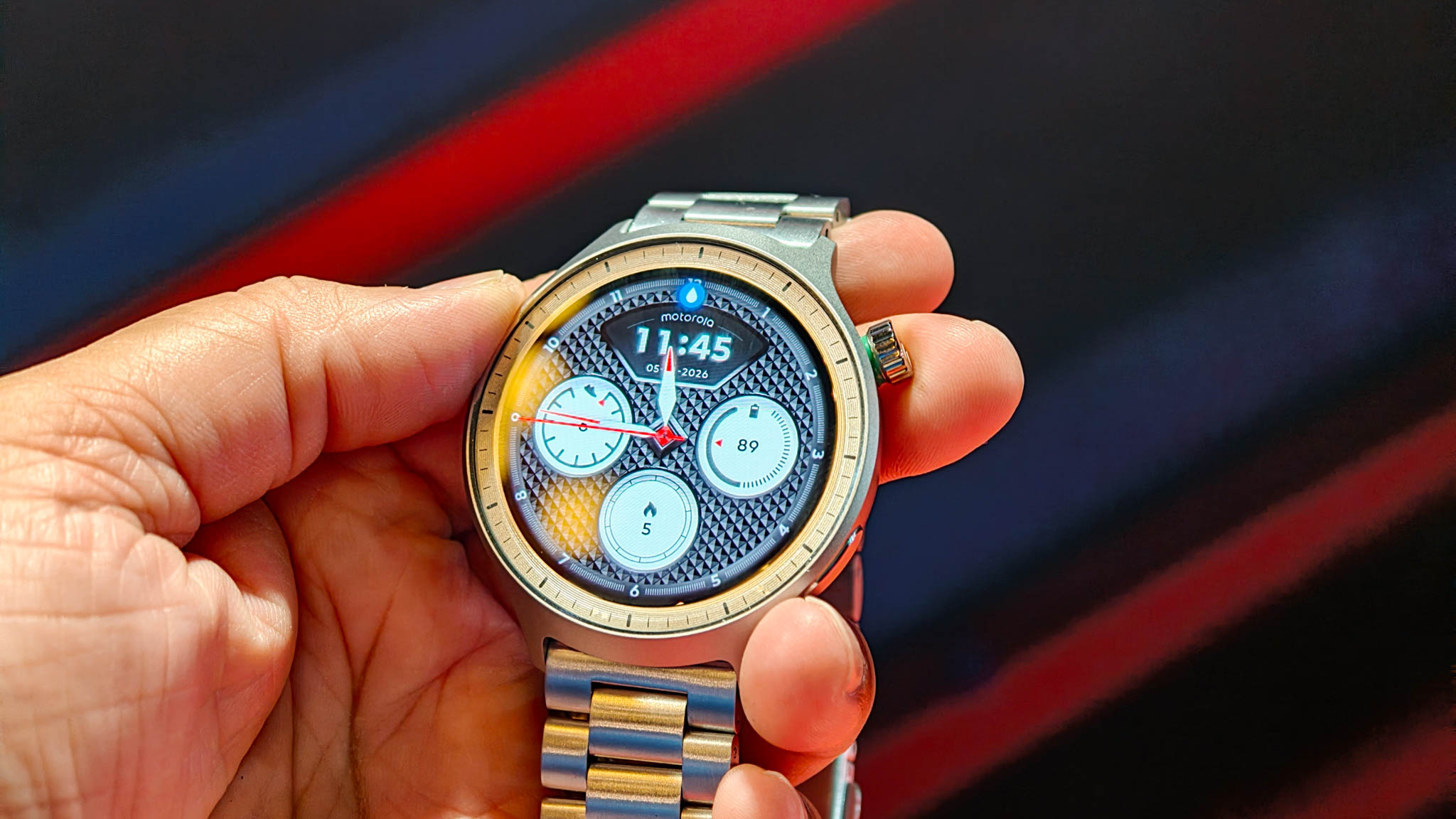There's a reason you're seeing more Google on new Android phones — Google wrote the contracts that way

If it seems like Google's apps and services have been becoming more prominent on newer Android phones, it's because they are, and Google's mandated it be so. While Android is technically an open source operating system, as the likes of Amazon have shown with their own complete customizations, the version that most of us see comes with stipulations from Google. Namely, if you want the flagship Google Play Store on the new smartphone you're building, you will do as Google demands.
These demands are relatively pedestrian, though. As the different skinning jobs by HTC, Samsung, and LG has clearly demonstrated, Google still allows for substantial customization from the manufacturers. But they still have requirements if you want Google Play and other Google apps like the nigh-indispensable Gmail, and mostly they are dedicated the inclusion and placement of Google Search and other Google apps.
As per the information uncovered by The Information:
- There must be a Google search "widget" on the "default home screen" of the device, along with an icon for the Google Play app store.
- An icon on the device home screen labeled as "Google," when clicked, must provide access to a "collection" of 13 Google apps (Google Chrome, Google Maps, Google Drive, YouTube, Gmail, Google+, Google Play Music, Google Play Movies, Google Play Books, Google Play Newsstand, Google Play Games, Google+ Photos and Google+ Hangouts).
- Other Google apps, including Google Street View, Google Voice Search and Google Calendar, must be placed "no more than one level below the Home Screen."
- If device owners hold down the physical "Home" button or "swipe up" from a digital home button or navigation bar, such actions should trigger Google Search.
- Google [has] the option to display a "Google trademark" or an "Android brand feature" on a "separate screen" when the device boots up.
None of this is terribly shocking or scandalous, and it's all stuff you'll get with just about any out-of-the-box experience with a new Android phone. There's Android branding on in the boot screen (see the new Samsung Galaxy Alpha for an example of boot screen branding gone awry), there's a Google folder on the home screen with a slew of vital Google apps inside, and there's a persistent Google Search widget at the top of every page of the launcher.
Google's reported to have layered on more requirements since the last run-down of the "Mobile Application Distribution Agreement" a few years back, most of those changes being detailed above. Question is: is it a good thing for Google to be requiring Android manufacturers to make their phones more Google-y?
Source: The Information (subscription required)
Get the latest news from Android Central, your trusted companion in the world of Android

Derek Kessler is Special Projects Manager for Mobile Nations. He's been writing about tech since 2009, has far more phones than is considered humane, still carries a torch for Palm (the old one), and got a Tesla because it was the biggest gadget he could find. You can follow him on Twitter at @derekakessler.
